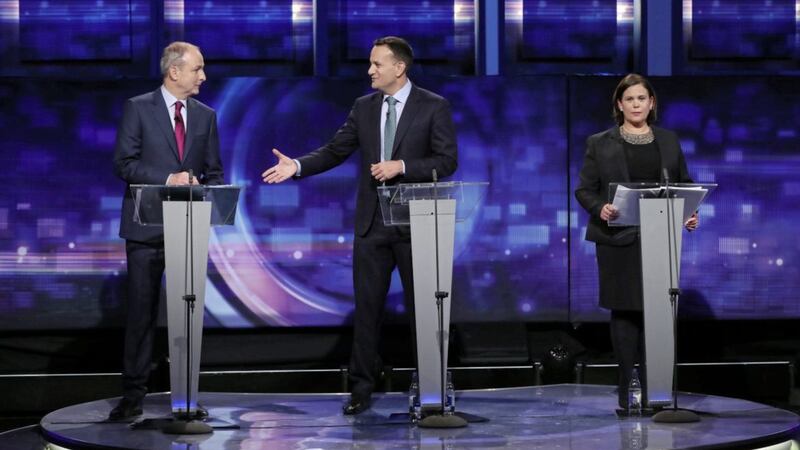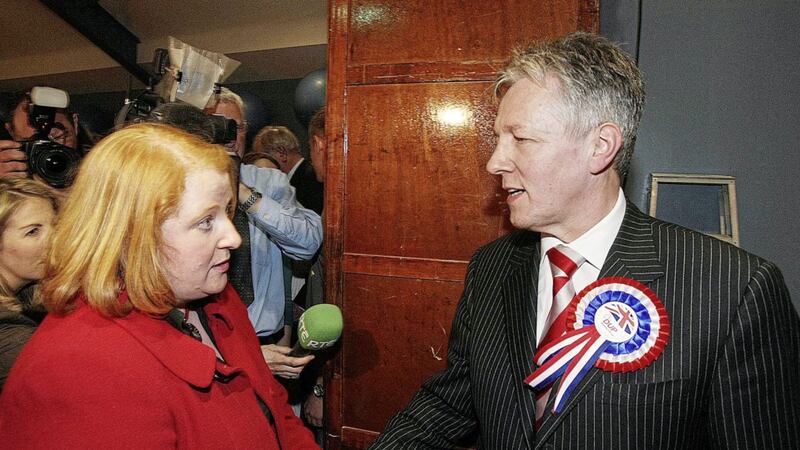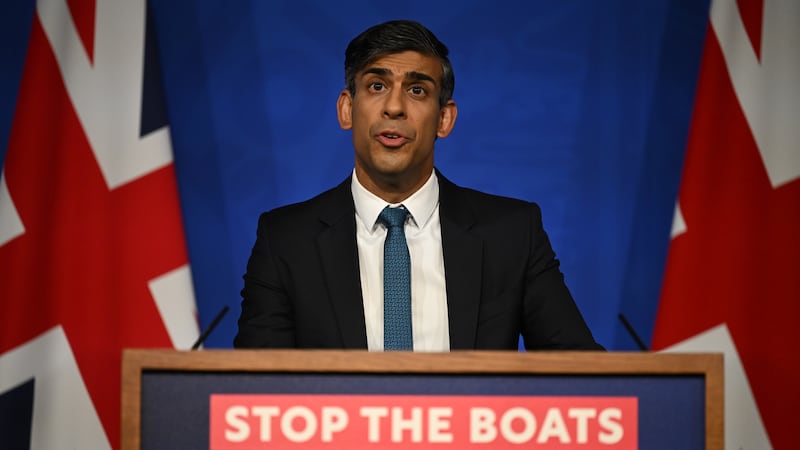It took twelve days of unmissable high political drama in the media for the ‘8th of February Revolution’, at the ballot box, to breach the citadel of the two-party state of Fianna Fáil and Fine Gael, represented in the Dáil chamber.
But breached it was, spectacularly.
What began as a people’s electoral revolution became a parliamentary revolution last Thursday night, when 47 TDs voted for Mary Lou McDonald as taoiseach, roundly defeating the sitting taoiseach, Leo Varadkar, with 36 votes and Fianna Fáil leader, Micheál Martin with 41.
Thus ending almost 100 years of Fianna Fáil-Fine Gael conservative rule and domination.
The historic breakthrough was made possible with votes from left wing parties and independents – a harbinger of things to come perhaps – in the ongoing efforts to form a progressive left-of-centre Sinn Féin led government. The result was both a political and moral victory of immense significance for this country’s future.
The Dáil vote means that Sinn Féin not only won the popular vote in the election, it also won the parliamentary vote. This should make it easier to form a left-of-centre government.
As I left the Dáil I thought to myself, is this what it felt like in 1918 when the Irish nation voted overwhelmingly for Sinn Féin and a united Ireland?
And if the outcome of the vote for taoiseach was not bad enough for a political establishment, in wonder, dismay and disarray, at the gale force pace of change, they had to sit through a spellbinding finale, and virtuoso performance by Mary Lou in a speech, watched by a million people, which graphically illuminated the change people voted for while eviscerating Micheál Martin’s demonising of Sinn Féin.
Change means, said Mary Lou, a secure roof over people’s heads; not having adult children and their children living in the box room; paying rent from week to week, month to month, in fear of the landlord telling you ‘game over’; not having an elderly relative on a hospital trolley; paying 1,000 euros for childcare; a real struggle to insure your car; getting to grips with climate change not rhetorically but in a real way.
The central issue said Mary Lou is about ‘power’ and who wields it. And Fianna Fáil and Fine Gael “are not minded to let go.”
The people voted overwhelmingly for fundamental change she said, for a government which put citizens, families and communities front and centre, not big corporations.
The nation is transfixed and irrespective of whether you are nationalist or unionist, the twists and turns in the formation of the next Irish government have captivated people like no other experience that I recall. People are glued to the television and social media outlets are on fire with commentary.
Normal, everyday conversation across the nation is on hold, as families, friends and strangers, debate and speculate whether at some point soon Sinn Féin president Mary Lou McDonald will be An Taoiseach.
Revolutions are rarely predicted and by their nature create unprecedented circumstances, opportunities and expectations of change, especially from those most in need of the change.
However unwieldy it looks on paper there is a comfortable majority of TDs to form or support a minority government led by Mary Lou – some 87 against the combined Fianna Fáil/Fine Gael of 73.
There are many influences which produced the popular and progressive surge at the ballot box and I believe they go back some time.
The referenda for marriage equality and repeal of the 8th Amendment had an influence.
Class politics dominated the popular mood which was fed by the broad left from republican arguments to the farmers in their tractors outside the Dáil during election week to the thousands of women and children marching through Dublin city centre on polling day.
Sinn Féin and Mary Lou became the catalyst for the change.
And in the background was the long-held aspiration for a new and independent Ireland.
During the election a poll showed that four out of five voters wanted to see a united Ireland. This reflected RTE’s exit poll in the last European and local elections.
It reflected the widespread reaction against Fine Gael’s proposed state commemoration for the RIC.
And at the weekend Cork’s senior hurlers and footballers played in jerseys dedicated to the memory of Cork mayors, Tomas Mac Curtain and Terence MacSwiney – martyrs of the independence struggle.
Stupendous.








